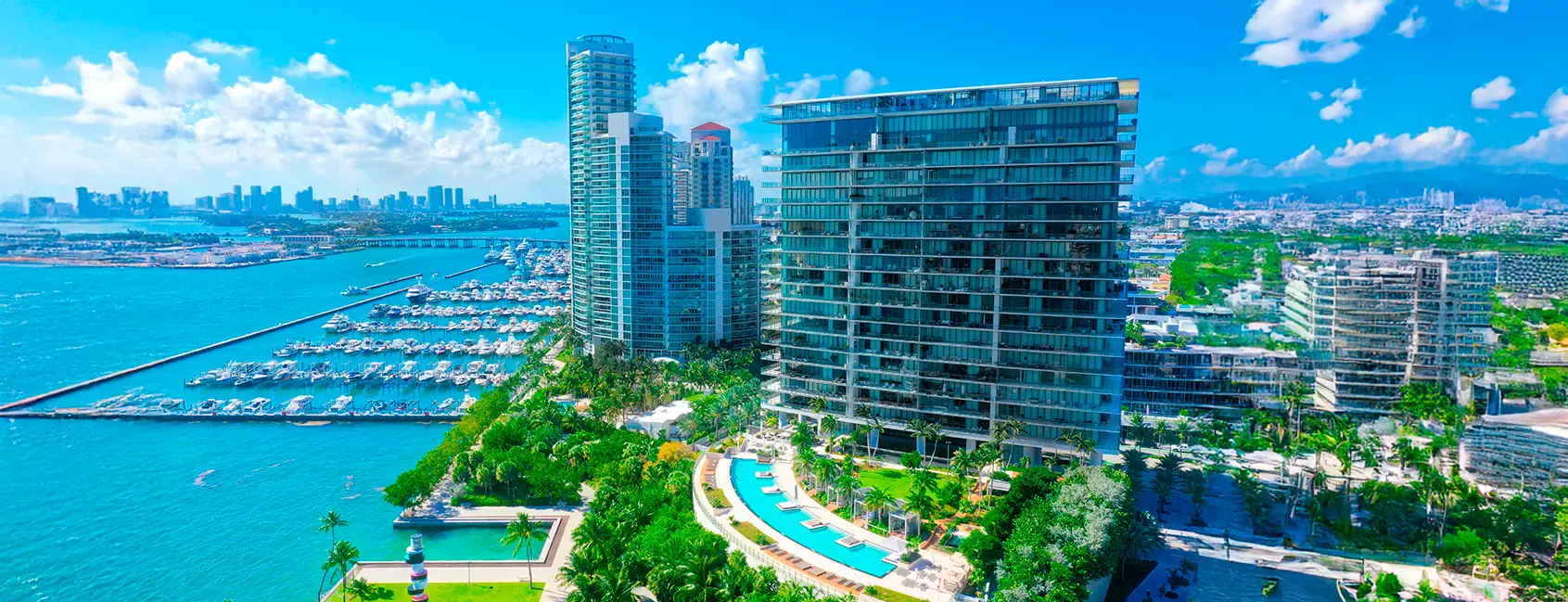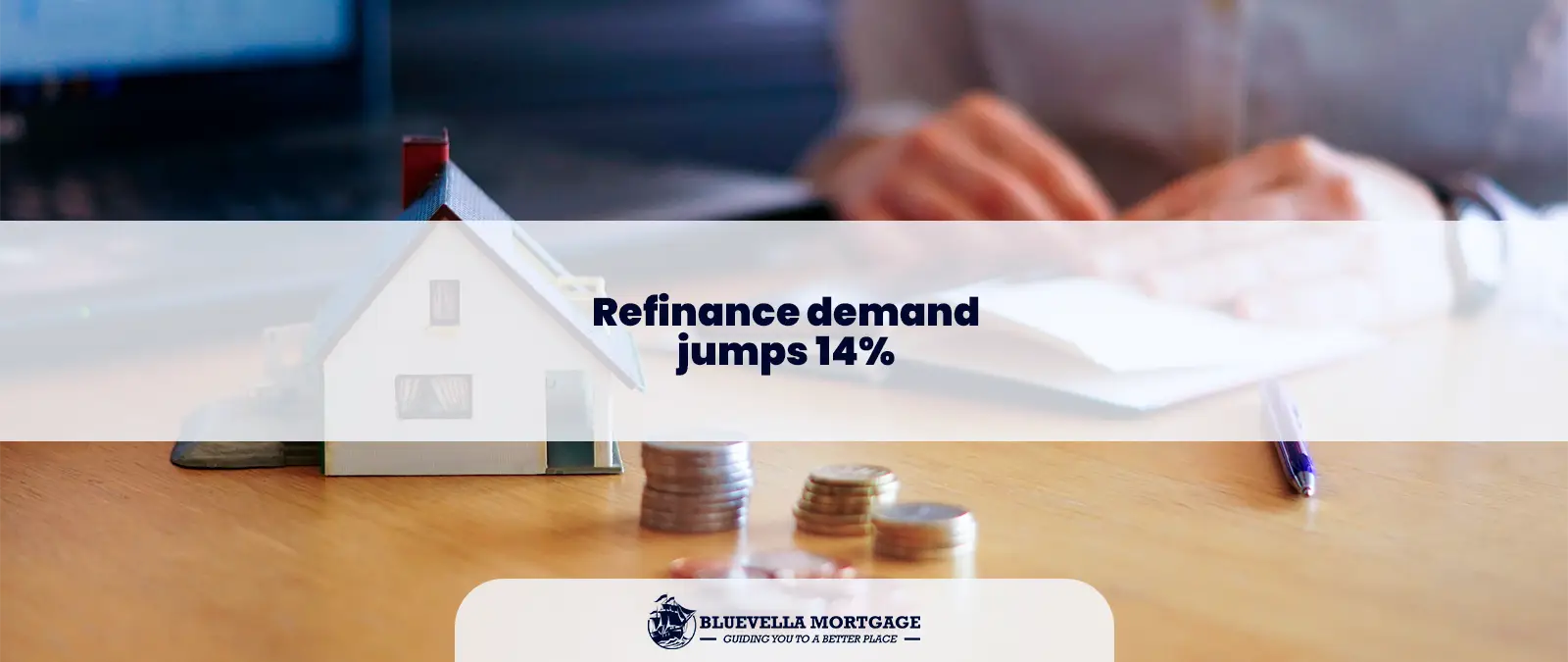
Why Foreign Nationals Trust Bluevella Mortgage for U.S. Real Estate Investments
Investing in U.S. real estate is a dream for many foreign nationals seeking financial growth, stability, and diversification. However, navigating the American mortgage system can








